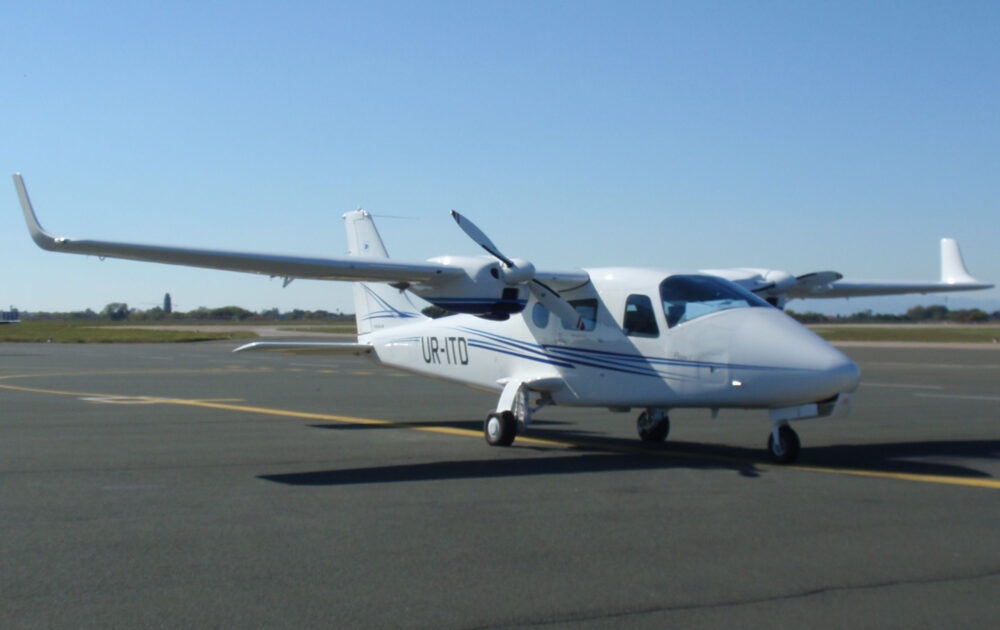Air Taxi is all set to launch operations in the coming weeks, but its plans might be surprising to many. The airline plans to use the smaller Tecnam P2006T, which can carry three passengers, on several short-haul routes. Air Taxi will operate on the government-backed UDAN-RCS (Regional Connectivity Scheme) routes from Chandigarh Airport.

Unique model
Air Taxi India received its Scheduled Commuter Airline Permit from India’s aviation regulator, the DGCA, on Monday, according to Moneycontrol. This clears the airline’s way to begin requesting slots at the required airports and start flights in the coming weeks. So, where will this airline fly and how will it differentiate itself?
Air Taxi was founded by two pilots, Varun Suhag and Poonam Gaur, who previously worked for Air Deccan and IndiGo, respectively back in 2014. The airline will exclusively fly on regional routes between small airports to capture passengers who may have had to make road journeys instead.
Enjoy the first picture of our @tecnam P2006T VT-ATC in Italy weeks ago when it was ready to be shipped to India. pic.twitter.com/HZMrVZbQQM
— Air Taxi (@airtaxi_india) June 14, 2020
For its launch, the airline will operate from Chandigarh to Hissar, Dharamshala, and Amritsar. All these routes are covered by the government’s UDAN-RCS scheme, ensuring airlines a certain amount of revenue if they fly underserved routes. The carrier currently has 26 routes under the RCS, giving it ample room to continue growing, according to Moneycontrol.
Fleet
While news of a regional airline might spur images of aircraft like the ATR72 or Embraer E190, Air Taxi has chosen a different fleet. The carrier will use the small twin-engine Tecnam P2006Ts for its operations, which seats three passengers and one pilot. This isn’t the most popular passenger plane and you’d be forgiven for not knowing much about it. However, the plane comes with a host of benefits.
Its 760kg empty weight makes it one of the lightest twin-engine planes in the world. This design allows the aircraft to fly on Avgas or even standard 92 octane petroleum, instead of the expensive and fluctuating ATF (Aviation Turbine Fuel). The P2006T also comes with retractable landing gear and liquid-cooled engines.

The plane is also interesting since its engines are piston-powered and not jet engines or turboprops. However, this tradeoff does reduce the plane’s maximum speed and payload capacity. With a range of 742 nautical miles, this aircraft can comfortably reach its short-haul, regional destinations.
Is there a market?
Using an aircraft will low capacity does raise questions about demand for an air taxi service. However, CEO Varun Suhag is confident the model can work. Effectively, the planes will serve as shuttles with very little turnaround time (there are only three seats) between flights. The airline will also brand itself as a way to quickly get between cities instead of six-hour car journeys.
Air Taxi is an experiment among Indian airlines to see how willing travelers are to take flights on traditional routes. With the first flight just around the corner, we could quickly see how successful the carrier will be in this market.
What do you think about Air Taxi’s model? Could it work in the Indian market? Let us know your thoughts in the comments below!
[ad_2]
Source link


